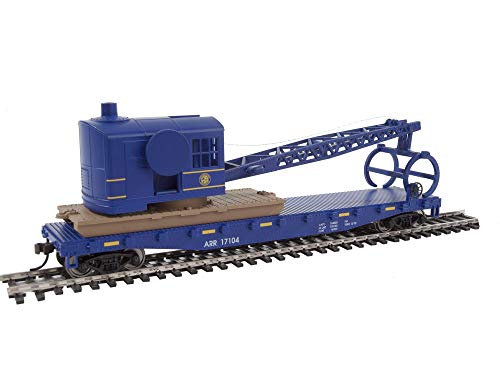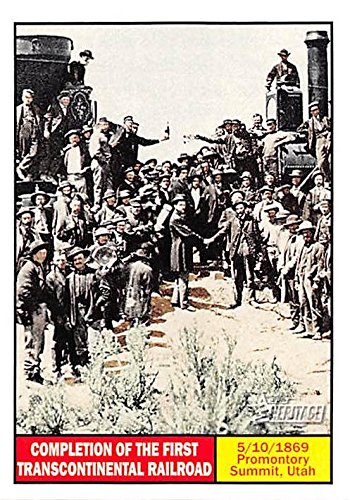Two examples of excellent Amtrak plus bus stations are Bloomington/Normal and Champaign/Urbana in IL. They are roomy, clean, well-designed, and well-used. The former is quite new, and the latter is well remodeled.
Agree

Two examples of excellent Amtrak plus bus stations are Bloomington/Normal and Champaign/Urbana in IL. They are roomy, clean, well-designed, and well-used. The former is quite new, and the latter is well remodeled.
Both of those stations are closed during the night. That makes a difference.Agree
Both of those stations are closed during the night. That makes a difference.
Adding “hundreds” of additional bus passengers to the space each day would require more security and customer service agents — costs that Harris said Amtrak shouldn’t have to shoulder. Rather, he wrote, that significant “financial burden” should be fully paid for by either Chicago or FlixBus/Greyhound.
In his letter, Amtrak’s CEO gave a few suggestions, including CTA protected bus lanes on Washington Boulevard by the Ogilvie Transportation Center with a nearby food court and a vacant area to serve as a bus ticketing center, and a CTA partially canopied bus lane next to the LaSalle Street station.
Both of those stations are closed during the night. That makes a difference.
What happens if an incoming train is significantly delayed? I guess they have to keep at least some exits open and some active staff on site until all passengers have left the building.It is notable that, currently, Chicago Union Station is also closed to waiting passengers overnight; creating a conundrum if this is to become the temporary Greyhound terminal, too.






What happens if an incoming train is significantly delayed? I guess they have to keep at least some exits open and some active staff on site until all passengers have left the building.

I think Boston's arrangement is pretty good with the bus station right over the train station. As bus stations go it is a pretty decent facility with food, rest rooms etc.Two examples of excellent Amtrak plus bus stations are Bloomington/Normal and Champaign/Urbana in IL. They are roomy, clean, well-designed, and well-used. The former is quite new, and the latter is well remodeled.
Greyhound's and Trailways' solutions to overnight connections (usually misconnects) has been to invite customers to sleep on station benches with the condition that if they left the station, they would not be permitted to come back in till the station opening hour.
I experienced that in SLC when the PDX<>DEN bus was annulled because it was running so late in a snowstorm. The benches in the Intermodal Center were designed to prevent sleeping. I walked over to Amtrak and bought a seat on Train 6.
In longer disruptions, I know that Greyhound has arranged for help from the Salvation Army.
2015 - it's 12:01 a.m. and passengers are waiting for their Greyhound New York City to Los Angeles through bus to return from the Denver garage where it was being cleaned and refueled. Benches had arm rests to prevent sleeping. This wait now takes place in the Bus Concourse of Union Station.
View attachment 37538
Let's not forget Portland, Maine.Two examples of excellent Amtrak plus bus stations are Bloomington/Normal and Champaign/Urbana in IL. They are roomy, clean, well-designed, and well-used. The former is quite new, and the latter is well remodeled.
I'll add that the Gateway Transportation Center in St. Louis is good example of a functional and pretty nice Amtrak and bus station.I think Boston's arrangement is pretty good with the bus station right over the train station. As bus stations go it is a pretty decent facility with food, rest rooms etc.
It's not much different from Penn Station really. You can have strange encounters in both (people asking for money, trying to argue with you, etc.) and both are dark, cold, and have confusing signage. I've been lost in both that's for sure haha.As an adult I took the bus out of there a few times and found many of them to be exaggerated. However, it is a dark and cold place, with confusing signage, there is definitely room for improvement.
In Harrisburg, the bus station is downstairs from the Amtrak waiting area and concourse.In Harrisburg PA, the bus station is upstairs from the Amtrak station. In New Orleans, Amtrak and the bus station share the building next to the Super Dome.
Although that only applies to Concord Coach. Greyhound, in typical Greyhound fashion, used to have its own bus station on St. John St. but now stops on Marginal Way and Congress St, some distance from the PTC.Let's not forget Portland, Maine.
The nearest Greyhound station to Chattanooga, TN, is 92 miles away in Wildwood, GA. The terminal that used to be downtown and then next to the airport is now a 2 interstate freeway ride into rural North Georgia. As far as convenience and connectivity, we were better off in the pre-Interstate highway days of the early 60s.Although that only applies to Concord Coach. Greyhound, in typical Greyhound fashion, used to have its own bus station on St. John St. but now stops on Marginal Way and Congress St, some distance from the PTC.
Chattanooga does have Groome Transportation - they have shuttle vans that run almost every hour from Chattanooga to Atlanta and Chattanooga to Nashville. Thay may or may not help your travel needs.The nearest Greyhound station to Chattanooga, TN, is 92 miles away in Wildwood, GA. The terminal that used to be downtown and then next to the airport is now a 2 interstate freeway ride into rural North Georgia. As far as convenience and connectivity, we were better off in the pre-Interstate highway days of the early 60s.
It's quite surprising how it seems like airport shuttle buses almost have a more robust network than traditional intercity providers do. You may not be able to string together a long trip with them, but in many cities they're the only non-personal auto connection to the rest of the world, or the only other option is a very infrequent (perhaps less than daily) intercity bus or local transit connection to a nearby town.Chattanooga does have Groome Transportation - they have shuttle vans that run almost every hour from Chattanooga to Atlanta and Chattanooga to Nashville. Thay may or may not help your travel needs.
Which, if NNEPRA has its way, is going to be severed in the coming years when the Downeaster station moves.Let's not forget Portland, Maine.
Portland Station Relocation (Slides)Which, if NNEPRA has its way, is going to be severed in the coming years when the Downeaster station moves.